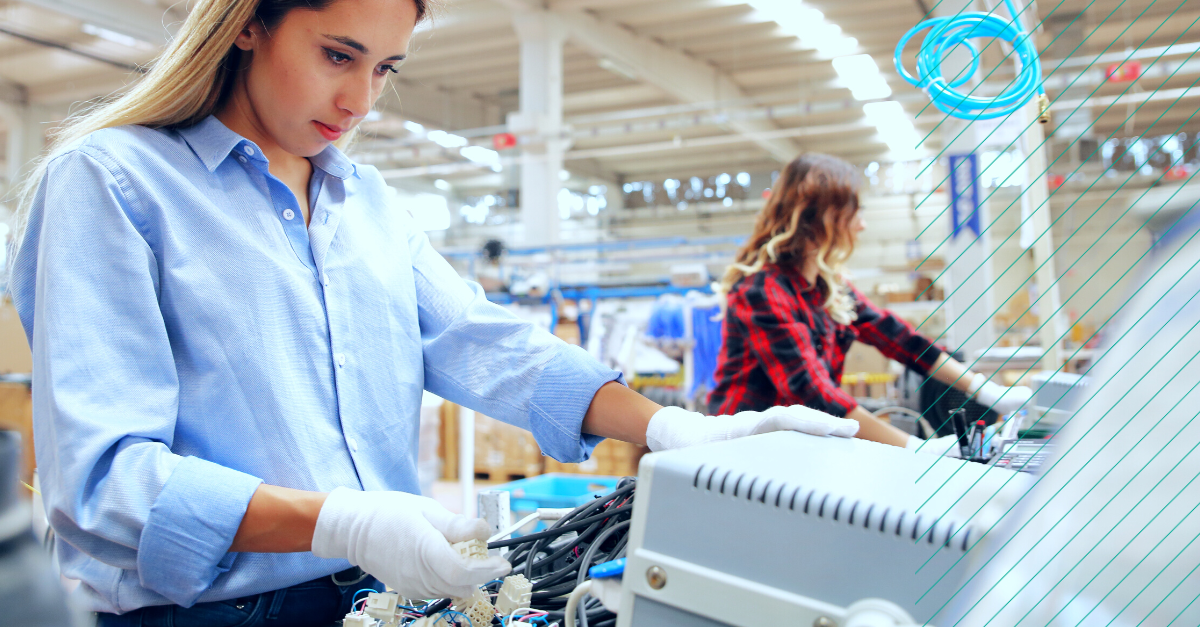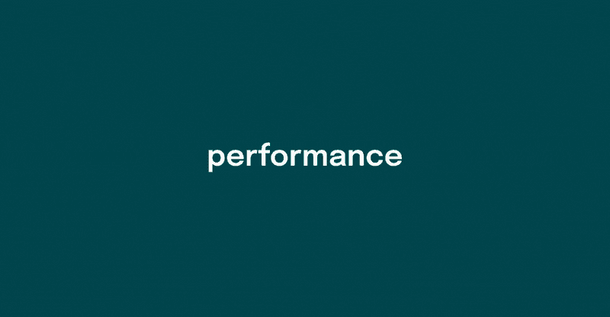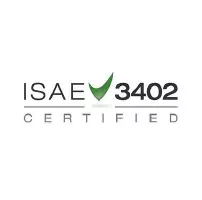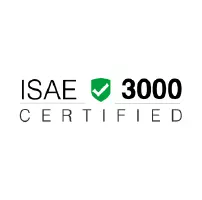The majority of skills traditionally required in manufacturing are changing. But not only skills are changing, the workforce itself is changing too.
In this practical article, we compare effective workforce onboarding models and tools in the 1990s vs. 2020s.
Let's start with the OLD WAY:
Workforce onboarding 1990s style.
Traditionally, workforce onboarding in manufacturing has been broken up into three distinct stages: before onboarding, during onboarding, and after onboarding.
1. Before.
- HR responsibilities such as payroll and contracts are processed.
- New employee will receive health and safety information.
2. During.
- This is where most companies spend a majority of onboarding effort.
- "Before-the-job" courses through a Learning Management System (LMS).
- Classroom learning (where most people forget up to 95% percent of what they learn).
3. After.
- A new employee is transitioned to their new role on the shop floor.
- Usually relies on knowledge of their supervisors.
- This is when on-the-job training and experiential learning should take place, but often doesn’t due to lacking frontline on-the-job training, including accessible and updated instructions, SOPs, and checklists.
These methods have been used for decades, but leave significant room for improvement.
Usually, the problem with this traditional model is:
- The combination of outdated and unfamiliar learning materials.
- Lack of immersive digital support on the shop floor.
- Information overload = information rarely sticks.
"Okay so what should we do instead?"
Well, let's explore some improvement suggestions for the NEW WAY:
Workforce onboarding 2020s style.
Every new recruit should be taken on a journey of continuous skilling with actionable knowledge. Digital onboarding should support learning long after a new employee has started their work.
.png?width=1000&height=1000&name=Workforce%20onboarding%20(1).png) The new way shifts the focus towards on-the-job learning and can be supported by technology to continuously promote learning and growth for new employees.
The new way shifts the focus towards on-the-job learning and can be supported by technology to continuously promote learning and growth for new employees.
- Before ➡️ Pre-boarding.
Purposeful pre-boarding to set the basics. - During ➡️ 1st impression.
Set expectations and present tools. - During ➡️ Get started.
Start with real tasks as soon as possible with accessible information. - During ➡️ Get going.
Buddy up with an expert. Capture "silent knowledge" with digital tools. - After ➡️ ALWAYS.
Continuous improvement of skills, capabilities, and processes.
Let's explore some efficient design principles for building a culture on learning with your workforce onboarding. Here's a checklist:
✅ Pre-boarding.
- Engage new recruits and build anticipation from the get-go. Close the gap with "while you are waiting" and pre-board the new recruit effectively.
- A number of apps can help train new employees on company policy and culture in an immersive format - one that’s instantly familiar to a generation raised on smartphones.
- Examples: Beekeeper, Flip, and Slack are great examples of internal communication tools with a wide range of functions to support dynamic pre-boarding.
✅ Set expectations.
- Clearly communicate expectations and offer a preview of daily work with “a day in the life” stories.
- This can be done with videos interviewing and following colleagues in that same role.
- Videos make it smoother and more cost-efficient than always having a person talk about their role every time someone new joins.
✅ Understand the tool stack.
- Present tools and processes during the early stages of onboarding process.
- New employees will be apt to effectively use tools and follow processes if they're familiar from the get-go.
- Example: rugged devices on the work station with access to the factory apps needed to perform the job.
✅ Accessible training on-the-job.
- On-the-job training = information that allows employees to learn a task while performing the work at the same time.
- This creates purpose and action and also delivers immediate results on the shop floor.
- Deliver training and content that is always actionable and focused on the user for a deeper learning experience and a more productive team on the shop floor.
- Examples: accessible and digital instructions, checklists, and one-point-lessons through QR codes is a great way to effectively share on-the-job training nuggets.
✅ Buddy up.
- Pairing a recruit with a more experienced team member for their first days of onboarding is a great way for the younger workforce to feel comfortable and supported.
- Important note! The goal of the buddy program is NOT to ask the experienced team member everything about operational execution of tasks. The newbie should be able to access the standardized how-to information from the on-the-job training materials (see above).
... Learn more about effective workforce onboarding:
👉 Webinar: Effective Onboarding of New & Temporary Workers
👉 Frontline Training: How to Build a Smooth Training Program
👉 Manufacturing Onboarding: Best Practices & Top Tips.


.jpg?width=305&name=20210420_Swipeguide_002_%20(2).jpg)




